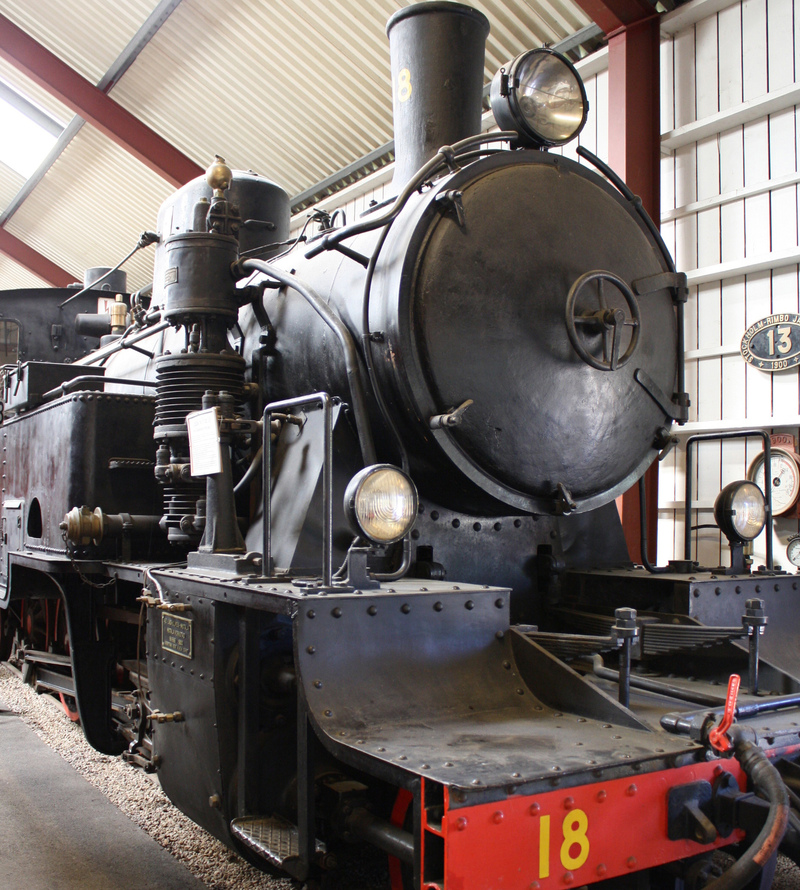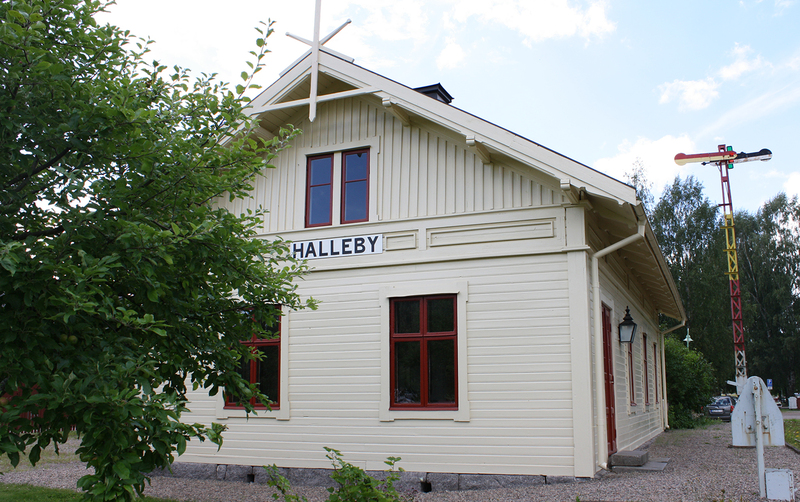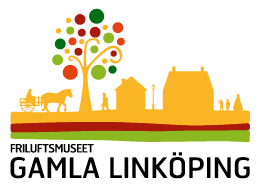Before the railroad came to Sweden, traveling took a long time. People traveled on foot, on horseback or in horse-drawn carriages.
From the mid-17th century, Sweden had a special network of inns. Tired horses could rest there, while travelers could take new, well-rested horses and continue on their way. Inns were located all over the country, at about every 10–20 km. Special signs—milestones—indicated how far it was to the next inn. You can still see them alongside many roads. If you see one, you may be on an old route between two historical inns.
A person traveling by horse and carriage could expect to travel 100–120 km in a day.
The railroad came to Linköping in 1872. The town pulled out all the stops to celebrate the big day. The county governor held a speech and a brass band played. People cheered and threw their hats up in the air.
The day that first locomotive came chugging down the track was the birth of a new era. The train reached dizzying speeds of 30 km an hour. Now people could ride for hour after hour without needing to change horses, take a break or rest.
But it was hard to know when the train would depart and arrive—every clock was different. It might be one time in Stockholm and another time in Linköping. This was called local time. Standard time was implemented in 1879, so that the trains’ arrival times would be more precise and all clocks in Sweden would show the same time.




